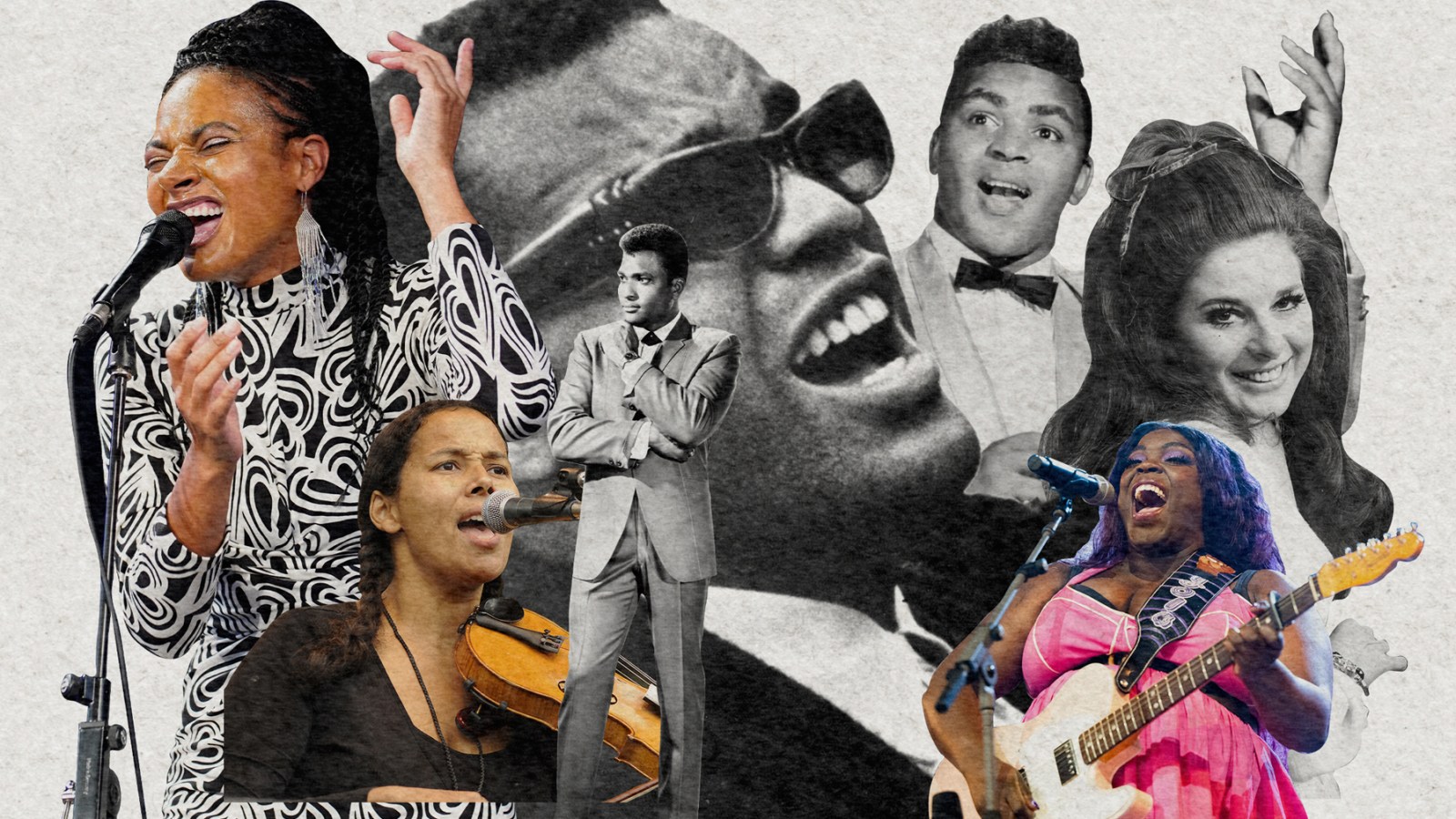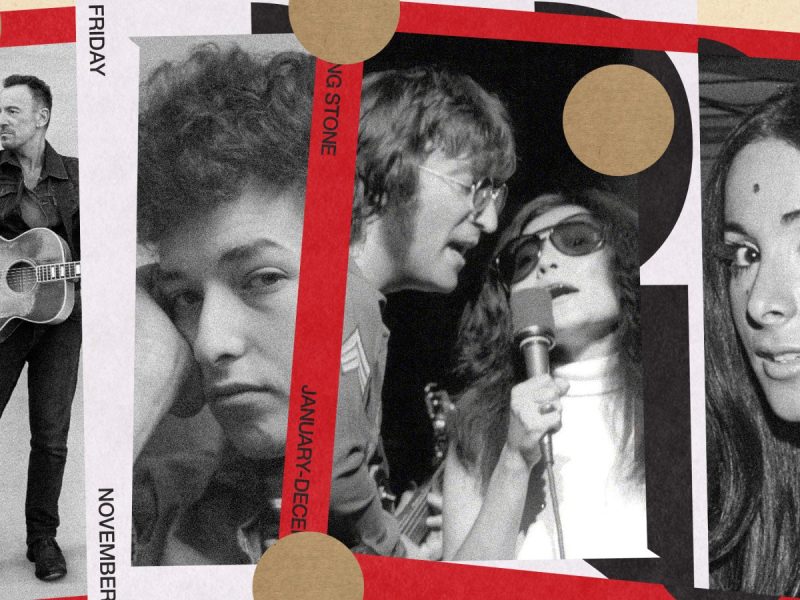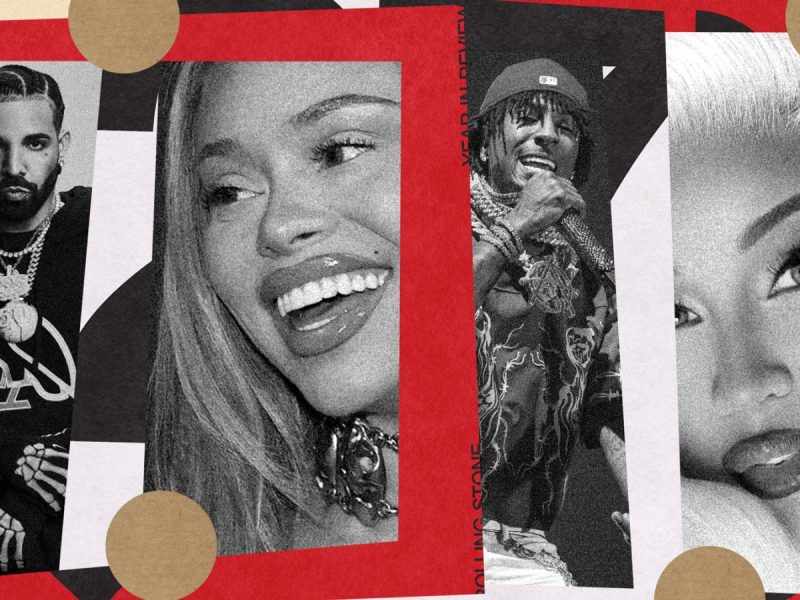However culture-shifting history proves Beyoncé’s new album, Cowboy Carter, to be, it’s not unprecedented. For generations, artists have blurred the supposed lines between country music, R&B, soul, funk, gospel, rock & roll, and other genres that sprang from the same American well. It goes back to the days of 78 rpm shellac discs, when certain records were segregated as “hillbilly music” and “race music.” And some of the greatest recordings of the 20th and 21st centuries have been made by artists — of varied backgrounds — flexing both country and soul bonafides.
American music’s always been an interracial, cross-cultural mashup, which is why it’s so great. Country legend Hank Williams learned guitar from a black man, Rufus “Tee Tot” Payne; A.P. and Maybelle Carter shaped the Carter Family legacy with a lot of input from their African American friend, guitarist, and song collector Lesley Riddle. Rock & roll evolved from a blend of country, blues, and gospel in the hands of Sister Rosetta Tharpe, Chuck Berry, Elvis Presley, and the Beatles.
In some ways, Bey’s great granddad among recording artists is Sam Jones, a.k.a. Stove Pipe No. 1, an African American singer from Cincinnati who recorded a half-dozen songs — including “John Henry” and “Turkey in the Straw” — for the “hillbilly” music market in New York City during the summer of 1924. (“Hillbilly” was rebranded “country & western” after World War II, to expand its target market, and later shortened to “country.”) That Cowboy Carter arrives exactly 100 years from the first documented African American “country” recording session might be a coincidence — or more proof of its hot-button conceptual brilliance.
Jones was not alone, and racially integrated groups were not uncommon on hillbilly sessions during the 1920s and 1930s. The most famous, for Jimmie Rodgers’ “Blue Yodel #9,” a.k.a. “Standing On the Corner,” was a superstar summit, cut with ascendant jazz genius Louis Armstrong and his pianist wife Lil Armstrong in Los Angeles in 1930. The modern era of country soul began, more or less, with Ray Charles, an R&B legend whose tag-team Modern Sounds in Country & Western LPs were landmarks that arguably blueprinted soul music itself. They were followed by a golden era of country-soul fusion in the late 1960s and well into the 1970s.
After some slow years, we’re in another golden era, with Yola, Brittney Spencer, Allison Russell, Mickey Guyton, Kane Brown, Jimmie Allen, Maren Morris, Sam Hunt, Sturgill Simpson, and many more admirably confounding gatekeepers. Sure, add Darius Rucker and Taylor Swift (who used to cover “Irreplaceable” as a teenage up-and-comer). And of course, Beyoncé herself, who’s been a country-music touchstone for well over a decade.
It’s useful to look at country soul less as a genre per se than an attitude of musical fluidity, where chord progressions, grooves, and vocal phrasing get deftly code-switched — sometimes subtly, sometimes explicitly. We see it among artists who aren’t making full-album pivots, but who matter-of-factly lay claim to the full richness of American music as they go, from Lil Nas X’s “Old Town Road” to Tierra Whack’s “Dolly” and Dasha’s “Austin.” And looking ahead to the multi-artist celebration of groundbreaking songwriter Alice Randall, My Black Country, Charley Crockett’s $10 Cowboy, and the rise of young stars like Tanner Adell, musical borders are being steadily buried every day. These artist albums and anthologies document where things really got started.



